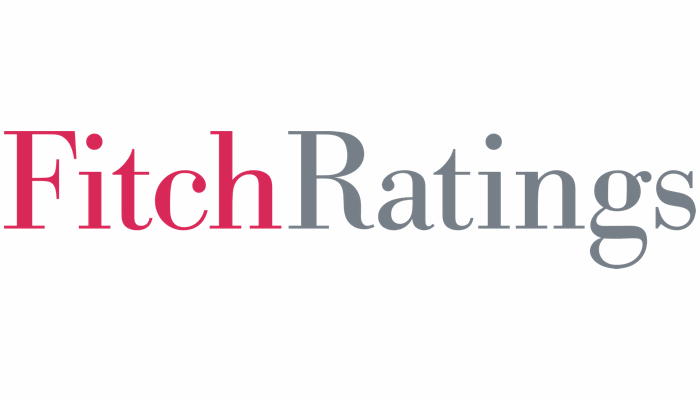Large Dutch insurers maintain sound credit profiles in 2023: Fitch
- June 25, 2025
- Posted by: Kassandra Jimenez-Sanchez
- Category: Insurance

2023 results have shown that large Dutch insurers maintained a very strong level of regulatory capitalisation, according to Fitch Ratings analysts.
Large insurers in the European country demonstrated very strong solvency in the period, with the health sector having the weakest overall solvency levels.
This, according to Fitch, reflects health insurers’ practice of deploying excess capital buffers to benefit customers.
At 190%-200%, Solvency II (S2) ratios were broadly stable despite widening mortgage spreads and decrease in commercial real estate asset values caused moderate volatility in some insurers’ S2 ratios.
However, the negative impact of wider mortgage spreads is temporary as mortgage repricing lags market movements, the agency believes.
Fitch also noted that Dutch insurer’s operating capital generation (OCG) remained strong, more than offsetting negative market movements.
Capital flows were net negative for the year (outflows) according to the report, this was the result of capital distributions to shareholders, coupon payments and debt retirement.
Dutch insurers have also shown to have limited solvency sensitivities, with wider mortgage spreads and shock to real estate asset valuations remaining as the key sensitivities.
Despite this, they had a limited impact on ratios, which contributed to the strength and stability of Dutch insurers’ capitalisation.
Thanks to the compensating effect of the S2 volatility adjuster, sensitivities to changes in government and corporate credit spreads are less relevant.
A combined 50bp widening of mortgage spreads and a 10% fall in real estate asset values would reduce S2 ratios by between 10bp and 25bp, analysts stated.
Although, considering the very strong capital levels at end-2023, and recurring OCG of 15bp-20bp a year, such stress scenarios are unlikely to meaningfully weaken capital, the report noted.
Dutch insurers’ earnings in 2023 were supported by the recovery of the financial markets, while underwriting results remained mostly stable.
While the primary driver of improved investment results was lower interest rates, which led to an increase in bond prices, together with a stronger equities’ performance, investment properties were a weak spot.
Large Dutch insurers’ non-life combined ratios – which include property and casualty, and disability – were stable in 2023, as inflationary pressures were effectively managed through repricing and indexations.
Overall, the insurer’s profitability metrics improved on both a net and an operating basis, Fitch highlighted.
Moreover, seeking final settlement on disputed unit-linked products had a one-off moderate impact on profitability and S2 ratios for large Dutch life insurers.
Fitch noted that insurers booked loss provision for expected settlement costs, but the settlement process may take several years.
Concluding that the creation of loss provisions specific to unit-linked settlements reduced insurers pre-tax incomes by 8%-20%, depending on the severity of outstanding claims.
This website states: The content on this site is sourced from the internet. If there is any infringement, please contact us and we will handle it promptly.



